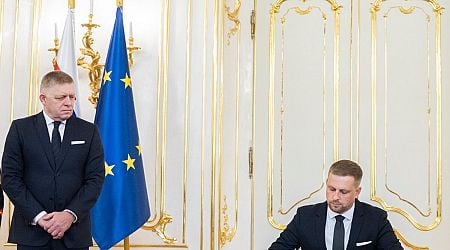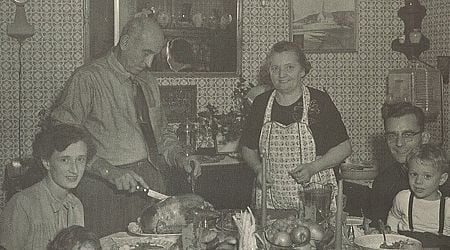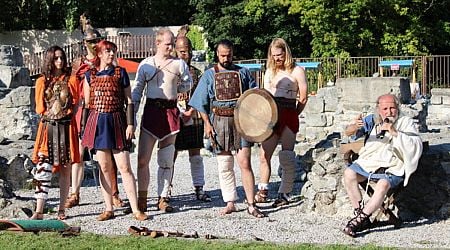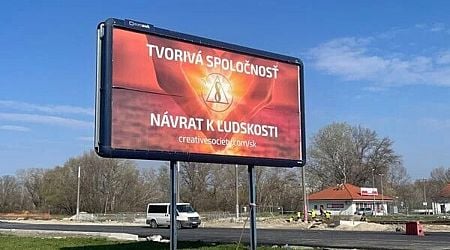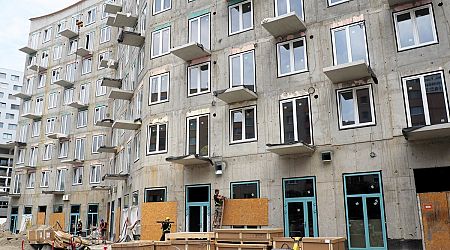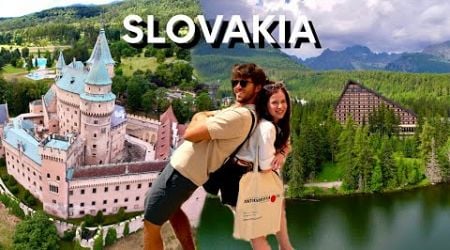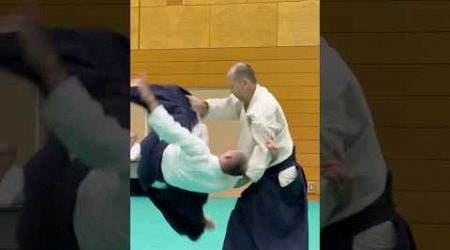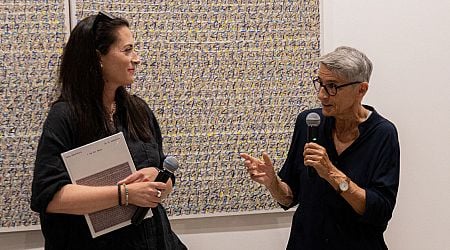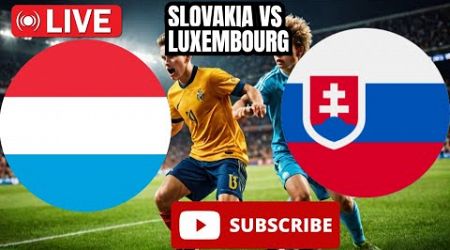Return of a lost Slovak daughter
“Pavol arrived at Ellis Island with one American quarter in his pocket. He used it to buy his first meal in America; a bunch of bananas, which he had heard of, but had never tried before.”
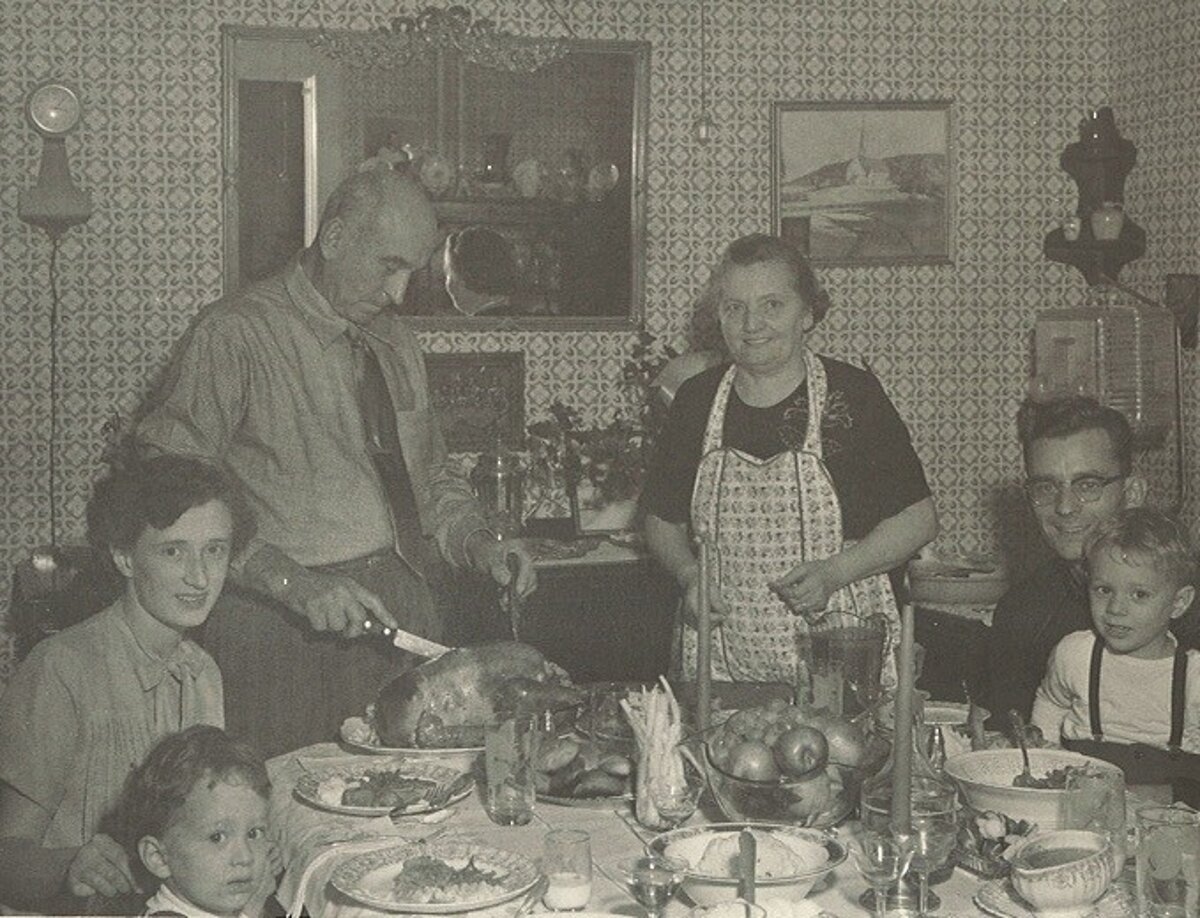
Sarah Hinlicky Wilson is a third-generation Lutheran pastor and a Slovak-American through her father's side of the family. She spent a formative year in Slovakia in her late teens, about which she wrote a memoir many years later: I Am a Brave Bridge: An American Girl's Hilarious and Heartbreaking Year in the Fledgling Republic of Slovakia. She currently lives with her husband and son in Japan, where she serves as Associate Pastor at Tokyo Lutheran Church.
Sarah Hinlicky Wilson's story is part of a Global Slovakia Project- Slovak Settlers, authored by Zuzana Palovic and Gabriela Bereghazyova. The book is available for purchase via info.globalslovakia@gmail.com.
All my ethnic Slovak ancestors came to the United States as subjects of the Austro-Hungarian Empire. We have lost the names of the first immigrants on my father’s maternal side, though we do know that they came from Orkucany near Sabinov, and there is still a record of that family tracing them back to the 1200s!
But let’s not divert from the story. My predecessors left (then) Upper Hungary in the 1870s and settled near Chicago in Streator, Illinois, to work in coal mining, a skill they had gained in the “old country.” At the time, Streator was not yet an incorporated city, but it ended up being home to a large population of Slovak immigrants.
Andrew Novotney, child of the immigrants, was wild from the start. Family legend has it that he was involved in a shoot-out over a land claim! He was extremely handsome and charming, which may be why Anna Sedory, another child of Slovak immigrants, agreed to marry him.
It was not a happy marriage, though. No one really knows if it would have been unhappy anyway if Andrew hadn’t gone to fight in WW1 (ironically, against the very empire he had emigrated from), since he had the reputation of being wild anyway. What is for sure is that he came home shell-shocked and took to drinking as a way to cope. From then on, he could not hold down a job and disappeared from the family for years at a time, only to return home just long enough to get his wife pregnant again. We can only infer that it was without her consent. Only one of Andrew’s sons, once grown, would have anything to do with him. That son’s wife commented on her one meeting with Andrew that, “He was the saddest thing I’d ever seen in my life.”
What saw Anna and her children through these challenging times was her own extremely tight-knit family. My grandmother Marie, Anna, and Andrew’s daughter remembered Anna’s father as a sweet-tempered man with a white, handlebar mustache who had helped found the first Slovak Lutheran church in Streator, Illinois, in 1884. Remarkably, the family supported Anna when she sought a divorce from Andrew which was extremely unusual for the time. Still, everybody knew that the marriage was well beyond saving.
Extended family, church, and a huge garden got Anna and her five children, Evelyn, Bob, Phyllis, Marie, and Richard through the divorce and the Great Depression. Despite their immersion in Slovak immigrant culture, Marie grew up speaking English and did not understand Slovak at all. Yet, she had to memorize Luther’s Small Catechism in Slovak to be confirmed in her early teens, an unfortunately pointless exercise.
There was actually a sixth child, a boy named Andrew. He died at the age of four after being struck by a car. It was very early in the days of automobiles, so I suppose people did not fully realize the dangers. My grandmother was born after Andrew’s death, so she never knew him, but she was always haunted by his memory. She showed me his picture once and always wished that one of her grandchildren would be named Andrew, though none of them were. However, it turns out that I am married to an Andrew! And he proposed to me on my grandmother’s birthday (without even knowing that it was)! She had already passed away, but I had the sense that it was her way of letting me know that she approved of my choice of husband.
When Anna’s three daughters and two sons grew up, they went to Chicago looking for work. Marie didn’t like big city life very much, so she came back home to Streator. She was nearly an ‘old maid' when, at the age of 25, she met my grandfather William (Bill) Hinlicky, the son of Anna Maiková and Pavol Hnilicky (note the difference in the spelling of the surname—to be explained shortly!).
Anna Maiková, whom we called Nanny, was born in 1899 (making her the only person I ever met who was born in the 19th century—and she lived into the 21st century, dying at the age of 103!) near Martin in Slovakia. Her one memory of her ancestral home was that of a flooding of the little river that flows through the town and being rescued from the rickety bridge by her uncle. Anna’s father was later killed in a railroad accident, so she and her mother emigrated to the U.S. in 1902 or 1903. It was less common for a widowed mother to emigrate with a small child, but she could manage because of all her connections to the Slovak community already established in Byram, Connecticut (now part of the city of Greenwich). Nanny’s mother ended up running a boarding house in Byram for young single Slovak immigrant men, which is how Nanny met Pavol Hnilický.
Pavol also came from Turany. He emigrated for different reasons, though. His father died when he was very young—story has it that he was a trader killed by wolves during his travels—and his mother married his father’s brother as was the custom. They had six or seven children who were something more than half-brothers and half-sisters to Pavol, since their fathers were brothers. But it was clear to Pavol that, as the son of his mother’s first husband, he was not going to get the same treatment as the other children.
Although he held the title to a small piece of land, it wasn’t enough to support a family. Over the summers, he worked as a shepherd in the Fatra mountains, feeding himself from a bag of potatoes he carried with him and foraging for the rest. Then, in 1913, Pavol sensed the winds of war coming and decided it was time to leave. He didn’t want to be cannon fodder for the Austro-Hungarian army. Pavol Hnilický’s last act in rural Turany was to sucker-punch his boss at the foundry where he worked. Then he ran for the train and never returned.
Pavol arrived at Ellis Island with one American quarter in his pocket. He used it to buy his first meal in America; a bunch of bananas, which he had heard of, but had never tried before. Another Slovak immigrant brought him to Connecticut where he moved into the Maiko boarding house. He and Anna married in 1916. Anna spoke English fluently, but Pavol always had a thick Slovak accent and some eccentric expressions for the remainder of his life. For example, as a fan of the Brooklyn Dodgers, he used to complain about the Yankees’ Mickey Mantle as, “that baloney man.” He also worked at a foundry in the U.S., which may have exposed him to the toxins that caused his leukemia later in life.
 (Source: Courtesy of Sarah Hinlicky Wilson)
(Source: Courtesy of Sarah Hinlicky Wilson)The Lutheran Christian faith of the homeland remained strong in both Anna and Pavol. In fact, at one point, Pavol’s friend Bela invited him to come along to the seminary in Springfield, Illinois, to study to become a pastor, and Pavol very much would have liked to accept the offer. However, at that time, there was no provision to accommodate married students with their families, so Pavol regretfully had to decline the invitation. Despite that disappointment, he remained deeply pious for the rest of his life and was an active church member. When he was diagnosed with leukemia, he decided that he wanted to read all the way through the Bible before he died, so he started with Genesis and worked his way forward. The story goes that, when he got to Revelation, the last book of the Bible, he joked, “I think I’ll read more slowly now.”
Anna and Pavol had four children: Ann, John, Bill, and George. My grandfather Bill, born in 1921, grew up speaking Slovak at home and participated actively in Sokol and church life. He and his siblings were raised mainly by their grandmother because both parents had to work to make ends meet.
Being a child of immigrants came with its challenges. My grandfather remembered being treated as a second-class citizen by the WASPs of Connecticut. Bill and his two brothers were called ‘Huns’ because they were children of immigrants from the Austro-Hungarian Empire. One of the reasons Bill and his brothers proudly enlisted in the U.S. military during WW2 was to prove their full American status. They also legally changed their surname from Hnilický to Hinlicky when they enlisted, having learned by then that Americans could not pronounce a name that started with ‘Hni’! Their parents hung up three gold stars in the front window of their home to let the neighborhood know about their soldier/sailor sons—something no WASP family did.
In his teens, Bill worked the summers on his older sister’s broadleaf tobacco and strawberry farm. He graduated high school in 1938, studied at graphic design school for a while, and ended up commuting into Manhattan to work in the Chrysler Building. After Pearl Harbor, he enlisted in the U.S. military, joining the Navy because he grew up near the shore and loved the water. He would never talk much about his war experience. “There are two kinds of veterans,” he would say, “those who didn’t fight and talk about it all the time, and those who did fight and won’t talk about it.” What we do know is that he worked as a radio operator on a warship protecting convoys to North Africa and got a chance to walk around Casablanca and see the Atlas Mountains in the distance. He was involved in the Battle of the Atlantic and the Battle of Naples, where he had to replace the gunner of the ship after the man was shot. He saw the Catholic priest aboard the ship give the gunner his last rites and thought to himself, “If I survive this war, that’s what I’m going to do.”
After a bout of appendicitis, he spent the second half of the war in Wales learning to dredge up riverbeds in case the Seine was too shallow to allow in warships. As it turned out, the Seine was plenty deep, but also full of mines, so if they had in fact dredged it, they would have been blown up. Bill entered France on the third or fourth day of the D-Day invasion and made it to Paris where he saw Notre Dame. He would have been reassigned to the Pacific if the war had not ended.
As he had decided on the ship, Bill wanted to go to seminary after the war, but it took another year, during which time he returned to graphic design, to convince his father to let him undertake such a career change. Pavol apparently thought a pastor would not earn enough money to make it worthwhile, but Pavol’s piety got the better of him. When Bill complained to a neighbor about Pavol’s refusal to let him go to seminary, the neighbor revealed to Bill something he had never known; that every night, Pavol would slip out into the garden, fall on his knees, and pray. Bill took this information back to his father as proof that the old man really did value faith above all things. At that point, Pavol gave in, and Bill went off to the very same Springfield, Illinois, seminary that his father had not been able to attend all those years before.
During his vicarage year at the Slovak Lutheran church in Streator, Bill lived in the parsonage with the pastor and his family. The pastor’s wife snooped in his room and found a photo of a female friend. She then showed it to all the church ladies, claiming it was Bill’s fiancée. So, when Marie Novotney caught Bill’s eye and he asked her on a date, she refused on the grounds that he was already engaged! It took a while to unearth the source of the confusion and convince everyone that he was completely unattached. At the end of the first date, Bill announced to Marie, “You know, you’re the girl I’m going to marry.” She burst into tears because she didn’t want to be a pastor’s wife, but she agreed in the end, and they were married until Marie’s death nearly 50 years later.
After Bill was ordained, he returned to the east coast with Marie and served at a number of parishes in Connecticut, New York, and New Jersey. His final and longest parish call was at a Slovak American congregation in Raritan, New Jersey, where he offered services and sermons in both English and Slovak, which he had retained from childhood despite having all his education in English. He did have to study Slovak, though, to be able to preach effectively in it, and got released from having to learn Hebrew in seminary to do so.
As a result, my dad, Paul, and his four brothers grew up in one of the last ethnic Slovak communities in the U.S. Although they did not speak the language at home, they heard it regularly, retained a few odd words like huncut and foodstuffs like kapusta with klobasy, paprikash, and kolach. The church regularly hosted fundraisers serving Slovak food, and it had its own youth group called the Slovak Luther League. They went Christmas caroling in Slovak, a favorite being ‘Čas Radosti’.
In their generation, there was still a soft stigma attached to being Slovak which came out mostly by having a ‘funny last name’ and being relatively poorer as the grandchildren of immigrants.
My dad, Paul, who also ended up becoming a pastor, was more attached to his Slovak roots than his brothers, partly because he was the oldest. But his Slovak American identity became unusually important in his adulthood through his friend Paul Brndjar, another Slovak American pastor who served in the Slovak Zion Synod. He gave my dad a job in the church headquarters and later introduced him to several Slovak pastors who visited the U.S. during the communist period.
My dad visited the Czechoslovak Socialist Republic in May 1989 with his parents—none of them having any idea how close they were to the end of the regime. For the first time, they met the extended family in Turany, including Pavol Hnilicky’s youngest sister, Milka, the last of her generation still alive. When communism ended shortly afterwards, Paul Brndjar began talking to my dad about moving to Bratislava to teach at the Lutheran seminary. By the time Paul arrived with my mom Ellen, my younger brother Will, and me in 1993, Slovakia had at last become its own independent nation.
I’m rather unusual, being now the third or fourth generation (depending on how you count) to be born in the U.S., in that I still have any sense of Slovak identity at all. As a result, as a teenager, I was very excited to move to Slovakia. I thought it would be a homecoming. I completely fell in love with the place, but the experience also taught me that I’m much more American than Slovak. And after all, Slovakia has changed a tremendous amount since my ancestors left. My family missed the experience of early twentieth century democracy and mid-century communism as well as the 70+ year relationship with the Czechs.
And yet, there is no “American me” without the deep Slovak roots. I, myself became a pastor in Slovak Zion Synod, and I ended up writing a memoir about the significance of that move back to Slovakia, I Am a Brave Bridge: An American Girl’s Hilarious and Heartbreaking Year in the Fledgling Republic of Slovakia. I now live in Japan, so the urge to migrate across great swathes of land must have been passed on through the generations!
Sauerkraut & klobása stew
Ingredients:
2 klobásy (or other Eastern European sausages), sliced
Water to cover
1 lb. sauerkraut, rinse to remove the sharpness (skip rinsing if you want a more sour stew)
1 onion, chopped
Salt & pepper, to taste
Caraway seeds, to taste
Paprika, to taste
1 tsp sugar
1 tbsp flour
Instructions:
1. Cook the sausages in water, until fully cooked.
2. Add the sauerkraut, onion, salt, pepper, caraway seeds, and paprika. Simmer for 1 hour.
3. Add sugar.
4. Combine the flour with enough water to make a paste.
5. Add the paste to the pot, to thicken the stew.
6. Season with salt and pepper, if needed.
7. Serve.



















